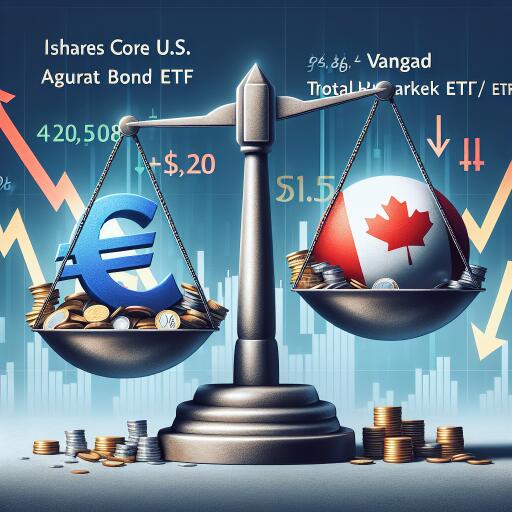Pressure Mounts On the Federal Reserve as Eurozone and Canada Plan Interest Rate Cuts
As global financial landscapes adjust to changing economic indicators, the wave of anticipated interest rate cuts across the Eurozone and Canada is placing increased pressure on the U.S. Federal Reserve. This shift comes at a crucial time when economies worldwide grapple with the balance between supporting growth and managing inflation.
The European Central Bank (ECB) is poised to scale back interest rates for the Euro area for the first time in nearly two decades, signaling a critical pivot towards stimulating the European economy. This move is particularly noteworthy given the continent’s struggle with slow growth rates and challenging demographic trends. Data from Eurostat reveals a gradual decrease in inflation within the Eurozone, with rates dropping from a peak of 10.6% in October 2022 to 2.4% in both March and April of the following year.
The ECB had escalated its key interest rates to 4% through a series of 10 hikes since July 2022 but maintained this level since September of last year. The upcoming reduction by 25 basis points marks a significant transition to a 3.75% interest rate, even as the inflation rate exhibits slight increases that may affect future policy decisions.
Contrastingly, the inflation scenario in the U.S. presents a complex challenge. With the Personal Consumption Expenditure index—a key inflation marker favored by the Fed—indicating a 2.7% rise year-over-year as of April, pressures are on the rise for a potential shift in U.S. interest rate policies. Canada, similarly, indicates a move towards lowering its interest rates, underscoring a diverging path in monetary policies that amplifies the urgency for the Fed to assess its stance on interest rates.
The anticipated adjustments in interest rates carry significant implications for various financial instruments and sectors. Fixed-income securities, such as government bonds, typically benefit from lower interest rates, highlighting potential opportunities for investors. Experts like Bank of America’s chief investment strategist Michael Hartnett express a bullish outlook on bonds, suggesting strategic purchases ahead of expected rate cuts.
Bond Exchange-Traded Funds (ETFs), such as the iShares Core U.S. Aggregate Bond ETF (AGG) and the Vanguard Total Bond Market ETF (BND), provide accessible means for investors to engage with the bond market amidst these shifts. Additionally, the real estate sector, which has faced challenges due to rising borrowing costs, may find relief through anticipated rate reductions. ETFs that cover the real estate market, including the Vanguard Real Estate Index Fund ETF (VNQ), Schwab US REIT ETF (SCHH), and Real Estate Select Sector SPDR Fund (XLRE), are among those that could see enhanced interest in light of these developments.
As the global economic community awaits the forthcoming jobs report and its implications for U.S. policy decisions, the decisions made by the ECB and Bank of Canada underscore a pivotal period for monetary policy. The evolving landscape of interest rates will undoubtedly shape investment strategies and market dynamics in the months ahead.
With the backdrop of these anticipated changes, investors and policymakers alike are closely monitoring these developments as they unfold, ready to adapt to the ever-evolving economic environment.
